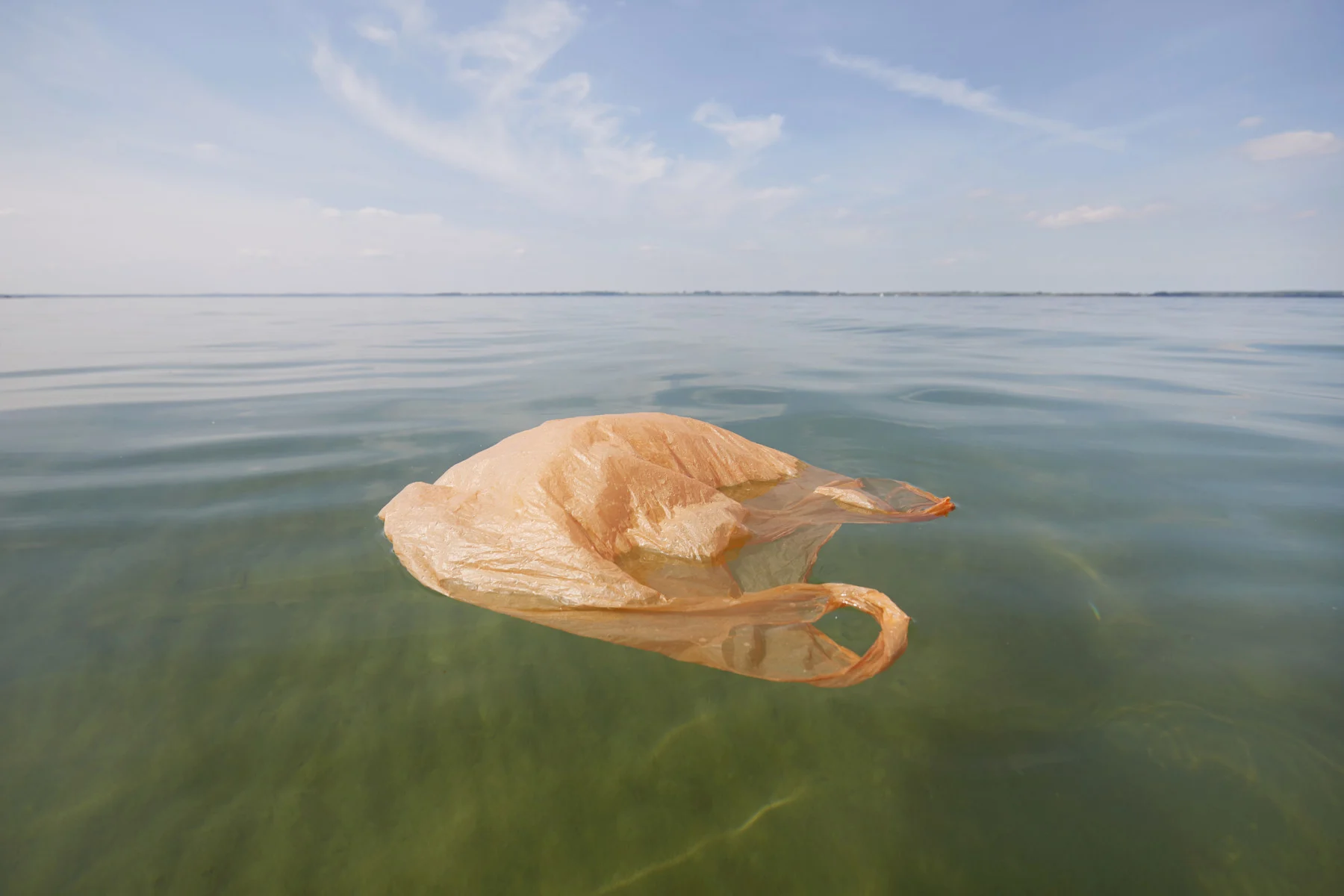
Sunlight can melt plastics into thousands of new compounds, study reports
Plastic bags turn into thousands of compounds that look nothing like the original material when they’re exposed to sunlight, and scientists warn of the unknown effects this could have on ecosystems.
Even though plastics are everywhere, including some of the most remote parts of the planet, little is known about how they decay in nature over time. New research from the Woods Hole Oceanographic Institution (WHOI) has found that sunlight chemically transforms plastics into thousands of water-soluble compounds, which they say is “at least ten-fold more complex than previously understood.”
It was previously thought that plastics remained inert when they were discarded into marine ecosystems and simply broke down into smaller and smaller pieces, eventually becoming microplastics. To explore how their chemical composition changes with prolonged sunlight exposure, the researchers analyzed the fate of three discarded single-use plastic bags from Target, CVS, Walmart, and one CVS bag that was made of recycled plastic.
The researchers’ study reports that sunlight exposure chemically altered the materials and turned them into products that did not have any resemblance to the original material. The Target bag broke down into 5,000 distinct compounds and the Walmart bag produced the highest compound count of 15,000. Their control sample, a piece of pure polyethylene film, produced 9,000 compounds.

A plastic bag drifting in the ocean. (lindsay_imagery/ iStock/ Getty Images Plus)
“It’s astonishing to think that sunlight can break down plastic, which is essentially one compound that typically has some additives mixed in, into tens of thousands of compounds that dissolve in water,” co-author Collin Ward, assistant scientist in WHOI’s Marine Chemistry and Geochemistry Department, said in the institute’s press release.
“We need to be thinking not only about the fate and impacts of the initial plastics that get leaked into the environment, but also about the transformation of those materials. We don’t really know yet what impacts these products might pose to aquatic ecosystems or to biogeochemical processes such as carbon cycling. While plastics breaking down more quickly than expected may seem like a good thing, it’s unclear how these chemicals may affect the environment.”
Many retailer bags and other plastic materials are made with resin and a complex mix of chemical additives. The researchers conclude that there is a need for scientists to work with the developers that create plastic materials so they can be reformulated to break down into benign products, or minimize the production of the materials that cannot be reformulated.
Thumbnail credit: the_burtons/ Moment/ Getty Images







